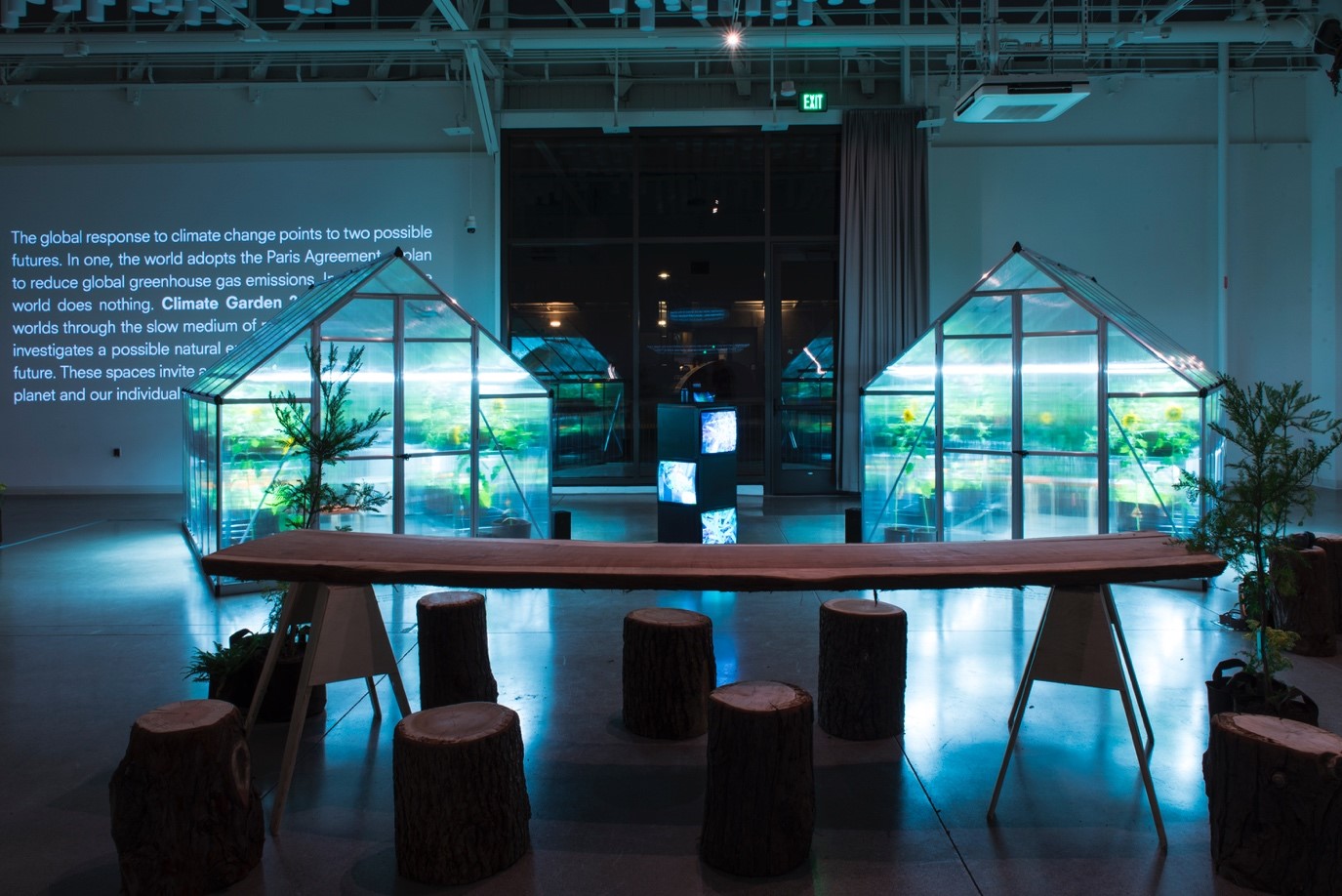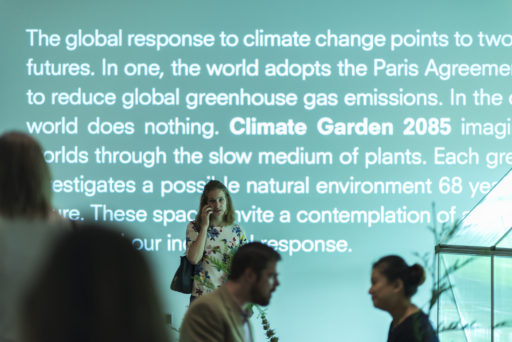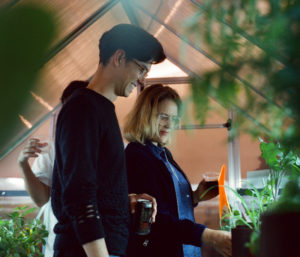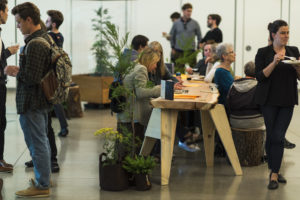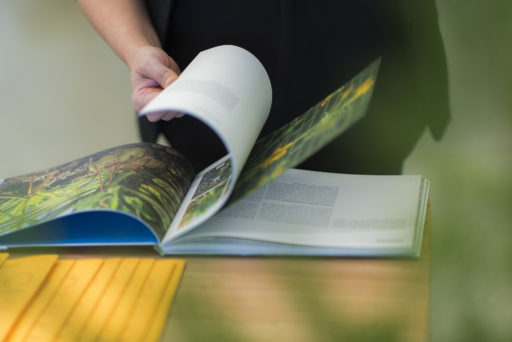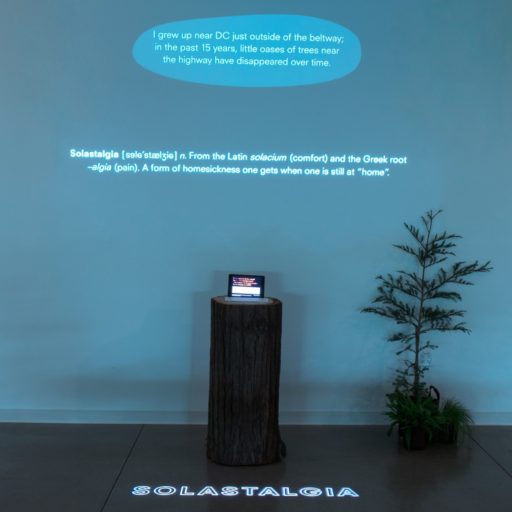It was my great pleasure to be an ambassador for Swiss Innovation in Science Communication over the past few months. In my role as an artist and science communicator at the Zurich-Basel Plant Science Center , I collaborated with swissnex San Francisco on a version of the Climate Garden 2085. The Climate Garden 2085 is a public experiment that we installed in the Old Botanical Garden in Zurich in 2016. It was a collaboration with the University of Zurich’s Botanical Garden. This past summer we installed it in the Botanical Garden in Bern and it was installed in San Francisco recently as part of the swissnex Gallery.
The core of the installation is two greenhouses kept at temperatures reflecting differing climate scenarios – one with emissions controls and the other a business as usual scenario. The installation grows plants, familiar to the local population, under futuristic conditions.
“The experiment enables visitors to have a visceral experience of climate change, bringing the future a little closer to our current reality.”
Situated in the center of a land mass, as we are in Zurich and Bern, we enjoy a relatively stable climate. Under these conditions, our choice was straightforward in terms of which downscaled scenarios to implement. However, in San Francisco it was tricky. The city by the bay has many microclimates, allowing for diverse plant conditions. Both plants and the human population are used to rapid changes in temperature depending on which part of the city they live.
The climate prognosis for the Bay Area is that it will feel much more like southern California by the end of this century.
Not a bad scenario for humans, but the change in climate will create a lot of stress on native plants and lower water levels will also change the types of foods that can be grown in the Bay Area. Wine growers in Napa Valley are already buying land in Oregon and Washington as their production possibilities will move north.Temperature changes will mean that native plant populations will shift, but only as far as geography will allow. For example, the coast and mountains limit the spread of certain plants and soils, suitable for particular plants, will not make the move north.
Renowned researchers, such as David Ackerly from UC Berkeley, who is looking at the impact of climate change on biodiversity in California, provided some insightful input for the San Francisco installation. In each iteration of the Climate Garden, local perspectives and local concerns have proved key. Bay Area citizens are concerned about the environment, about their food – how healthy it is and how it is grown. They are also concerned about the coastal redwoods – icons of Northern California. Therefore, we developed an interactive installation for the gallery involving a redwood sapling and a fog machine where visitors could explore the relationship between redwoods and coastal fog.
The idea of the Climate Garden project is to make it publically available under a Creative Commons license and, with the help of our handbook we hope that communities around the world will create their own Climate Garden.
It was an exceptional experience collaborating with students from UC Berkeley and with the swissnex San Francisco team. I particularly liked how visitors to the installation could share their impressions of climate on an iPad mounted on a tree trunk (recovered waste wood of course). The piece was called Solastalgia. The San Francisco Climate Garden team’s creativity and skill made the garden come alive.
More pictures on the exhibition are provided here.
By Juanita Schläpfer
All Photos by swissnex SF/Astra Brinkmann
Juanita Schläpfer is responsible for outreach activities and plant science expeditions at the Zurich-Basel Plant Science Center.

